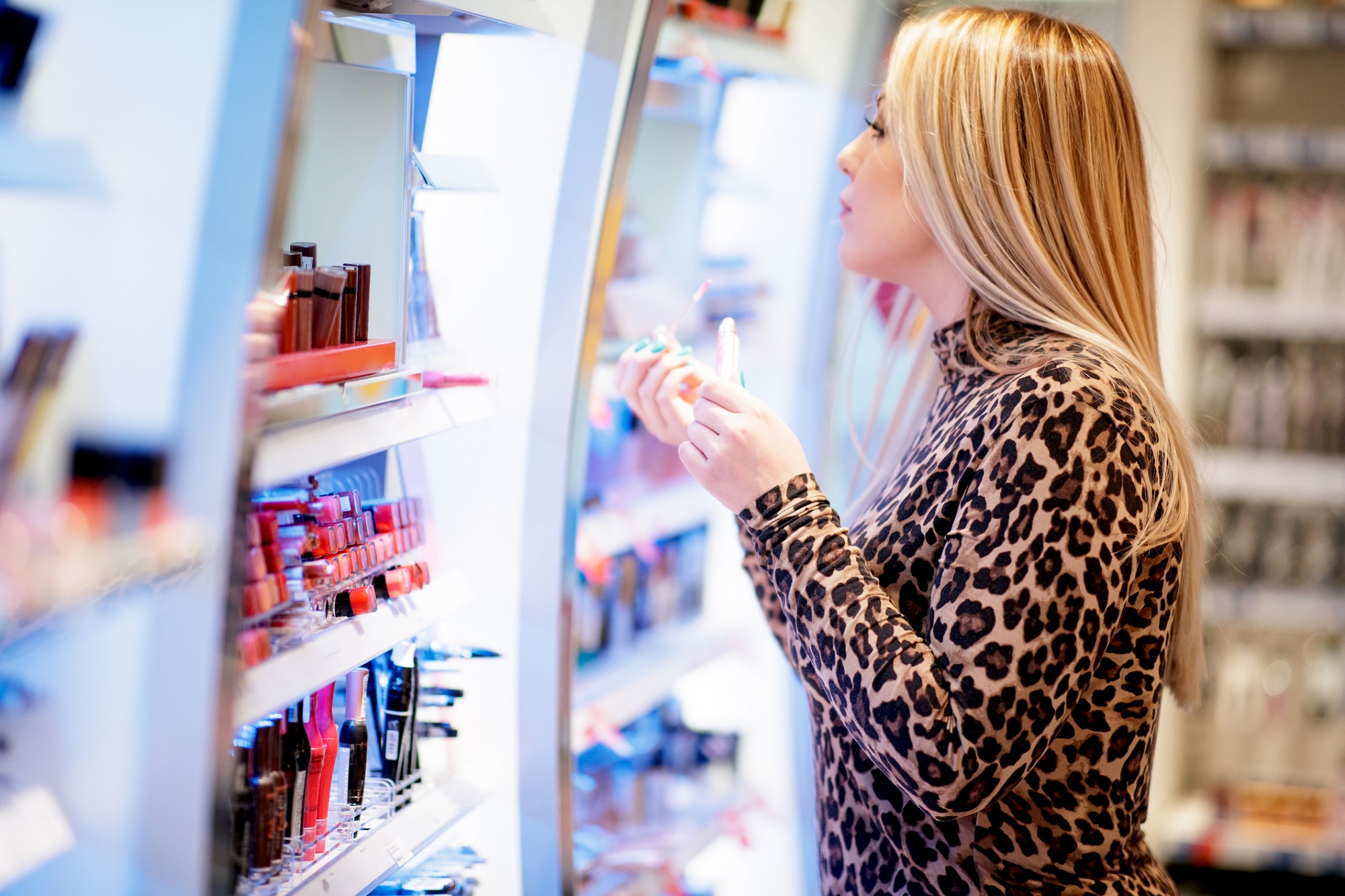
Consumer alternative data firm Consumer Edge has released its Q3 Global Beauty Digest, highlighting challenges and emerging opportunities in the US beauty market as it faces economic pressures. Despite a slowing global growth trend, the US market showed early signs of stabilization, with the report noting, “the pace of the decline has moderated, potentially indicating that demand may normalize after lingering inflation pressured consumer wallets over the past year.”
According to the Consumer Edge report, US direct-to-consumer (DTC) channels experienced a significant 10% decline attributed to inflation-driven spending adjustments. In comparison, retail beauty sales experienced a smaller 2% drop.
Consumer Edge attributes this disparity to a shift in buying habits: consumers are moving back toward retailers that provide “flash deals, lower prices, or more of a one-stop shopping experience compared to pure-play beauty players,” emphasizing a preference for budget-friendly and convenient shopping amid ongoing inflation concerns.
Fragrance and body care stand out as bright spots
Even as the broader market struggled, specific segments like fragrance and body care products thrived in the US, said the report. “Fragrance brands are wafting to the top,” the report revealed, and social media has played a critical role, with brands like Phlur gaining traction as a “TikTok Viral Fragrance Brand.”
Consumer Edge noted that Phlur’s success reflects “the importance of engaging with customers through all channels,” signaling to brands that a solid social media presence is crucial for reaching today’s consumers. Other independent brands, such as Oakcha and Alt Fragrance, have also been successful by offering luxury scents at more affordable prices, targeting “consumers looking for something new and exciting at a reasonable price point.”
Natural body care brands, particularly those with clean ingredient lists, are another growth area. According to Consumer Edge, brands like Primally Pure and Salt and Stone “focus on natural ingredients” and resonate with consumers seeking wellness-oriented products. Clean beauty brands Rhode Skin and Jones Road Beauty similarly saw positive performance, suggesting that demand for natural, minimal-ingredient products continues even amidst economic challenges.
Market insights for US manufacturers and suppliers
Consumer Edge’s data underscored an opportunity for US beauty manufacturers to re-evaluate strategies as traditional retail stabilizes, counterbalancing declining DTC sales. Report insights point toward a potential “shift toward beauty retailers as well as large, multi-industry merchants,” making retail partnerships increasingly valuable.
Moreover, the sustained interest in fragrance, natural body care, and clean beauty products highlights sectors that could offer resilience and growth potential.
For manufacturers, this translates to investing in product lines that cater to fragrance, clean formulations, and accessible luxury. Consumer Edge emphasized that “capitalizing on trends and succeeding in a highly saturated environment” will require brands to engage consumers effectively, primarily via social media and influencer marketing.

